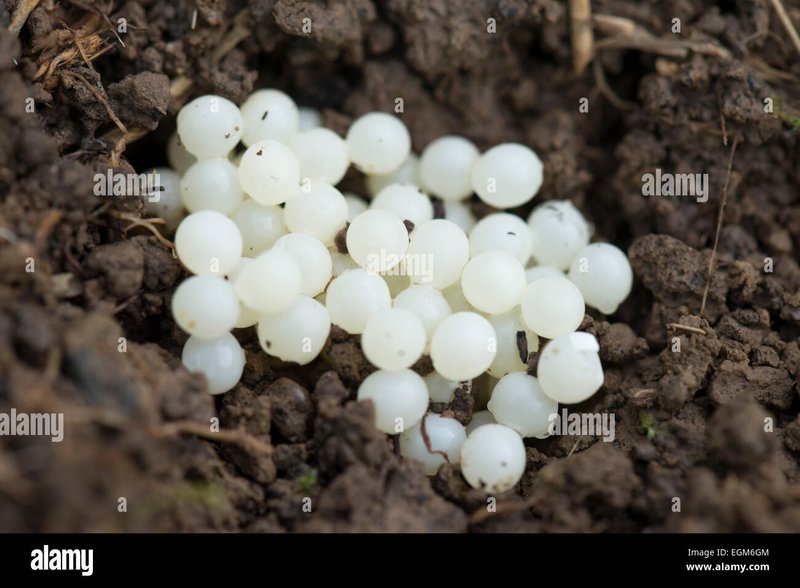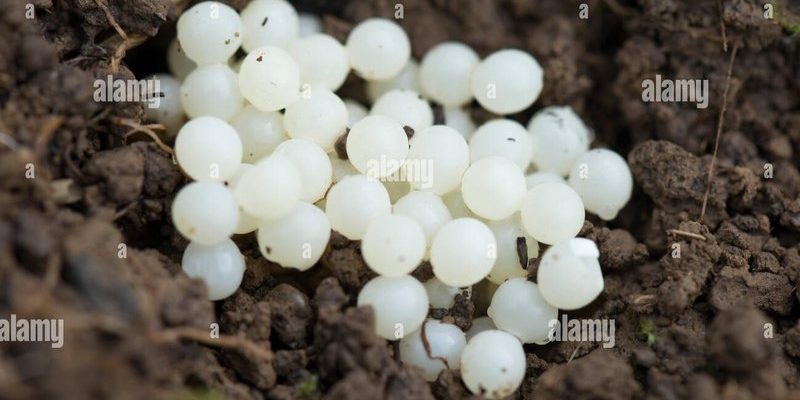
Microworms, specifically the species *Panagrellus redivivus*, are tiny nematodes often found in the homes of hobbyists, especially those raising fish or reptiles. These creatures are not just easy to culture; they are also an excellent food source for babies of many aquatic species. If you’re a beginner wanting to dive into the world of microworm reproduction, you’ve come to the right place. Let’s explore how they mate, lay eggs, and grow into larvae!
Understanding Microworm Mating Habits
Microworms have unique mating behaviors that might surprise you. Unlike some animals that perform elaborate courtship rituals, microworms are more straightforward in their approach. When conditions are right—think appropriate temperature and moisture—they begin to seek out mates.
Mating typically involves male and female microworms. Males have a slightly curved tail, which they use to grasp the females during mating. Here’s the thing: it’s primarily about proximity. When the males find a female, they latch on and transfer sperm directly. This process can seem quite simple, but it results in a complex cycle of reproduction.
Once mating occurs, the female can store the sperm for several days. This allows her to lay multiple batches of eggs without needing to mate again right away. Imagine that convenience—having the option to use the same sperm for several rounds of reproduction!
The Egg-Laying Process
After mating, it’s time for the female microworm to lay her eggs. This process can be quite fascinating! Generally, a female can produce around 200 eggs in her lifetime. They tend to lay their eggs in moist environments where the conditions are just right for hatching.
Eggs are typically laid in clusters, and they are incredibly tiny—almost invisible to the naked eye. They stick to surfaces, like the substrate in their culture container. This is important because the right location can help protect the eggs from potential threats.
To ensure proper development, the eggs need a warm and moist environment. If conditions become too dry or cold, the eggs may not hatch. Therefore, keeping your microworm culture at an optimal temperature and humidity is crucial. Remember, these little eggs are like seeds; they need the right environment to bloom!
Hatching: From Egg to Larvae
Once the eggs are laid, it’s only a matter of time before the exciting transition into larvae begins. Typically, the eggs take about three to five days to hatch, depending on environmental conditions. Picture a tiny chick cracking out of its shell; that’s somewhat similar to what happens here.
When they hatch, the larvae emerge as tiny, free-swimming nematodes. This is a critical stage, as these larvae will soon need to be fed in order to grow and mature. Fortunately, microworms are pretty resilient—they can thrive in a variety of environments as long as they have sufficient food, moisture, and warmth.
So, what do these young microworms eat? They primarily feed on microorganisms in their culture. This could include bacteria or yeast, which naturally occurs in the environment they inhabit. Just like how a little plant sprouts and needs sunlight and water to grow, microworm larvae need a nutrient-rich environment to develop properly.
Caring for Microworm Larvae
After hatching, the larvae will continue to grow for about a week before reaching maturity. During this time, they are quite vulnerable. Taking care of them is essential for a healthy microworm culture. While they’re relatively low maintenance, some key factors can make a big difference.
First off, keep their living space clean. Feeding them with a suitable microbe culture provides nutrition. However, you’ll want to avoid overfeeding, as leftover food can pollute the habitat. Also, remember that microworms thrive in a warm and humid environment. If conditions become too harsh, it can stunt their growth or lead to die-off.
Here’s a pro tip: you might want to check in on your culture regularly. Observing the microworms will not only help you spot any potential issues but also enhance your understanding of their life cycle. Think of it as tending to a garden—you want to ensure everything is thriving!
Common Challenges with Microworm Reproduction
While microworms are relatively easy to breed, there can be challenges along the way. One common issue is mold. Mold can thrive in moist environments, which can spell disaster for your microworm culture. If you notice mold, act quickly by reducing moisture and improving airflow.
Another challenge is temperature fluctuations. Too hot or too cold can disrupt the delicate balance they need for successful reproduction. Keeping their environment consistent is crucial. You might want to invest in a thermometer to monitor the temperature in your culture.
Lastly, watch out for overcrowding. If there are too many microworms in one spot, it can lead to competition for resources. If you notice this happening, consider transferring some to a new culture to give them the room they need to grow.
The Life Cycle of a Microworm
Understanding the life cycle of microworms helps appreciate their reproduction even more. From egg to larvae and finally to mature microworms, each phase is interconnected. The average life span of a microworm is about two to three weeks, but they can reproduce quickly during this time, maintaining their population.
After reaching maturity, microworms can begin mating and laying eggs, restarting the cycle. This rapid reproduction makes them a favorite among fish breeders and aquarists, who benefit from a constant supply of live food.
For those raising fish fry or other small pets, microworms are an invaluable addition to their diet. They are small enough for baby fish to eat but nutrient-rich enough to support healthy growth. It’s a win-win for both the microworms and their caretakers!
Microworm reproduction may seem small in the grand scheme of life, but it’s a captivating process that plays a significant role in various ecosystems, especially in aquaculture. Understanding how they mate, lay eggs, and grow into larvae can help you better care for your microworm cultures, ensuring they thrive.
So, if you’re delving into this world of tiny aquatic life, remember that each step—from mating to hatching—matters. Keep a close eye on their conditions, and you’ll find that these little creatures can offer a wealth of knowledge, not only about their lives but also about the delicate balance of nature. Happy culturing!

